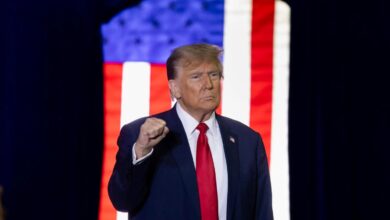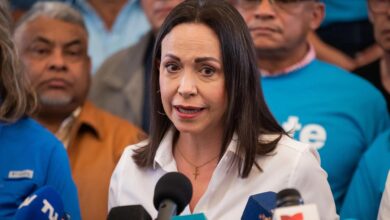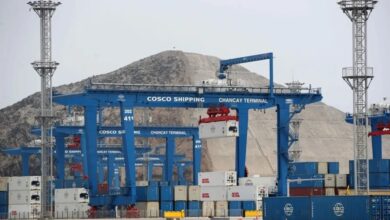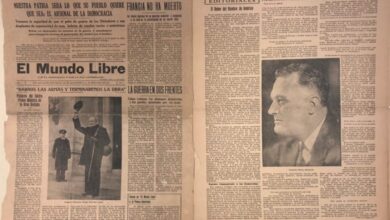Colombia’s Coca Canyon Becomes a Crucible for Petro’s Peace Plan and Washington’s Patience
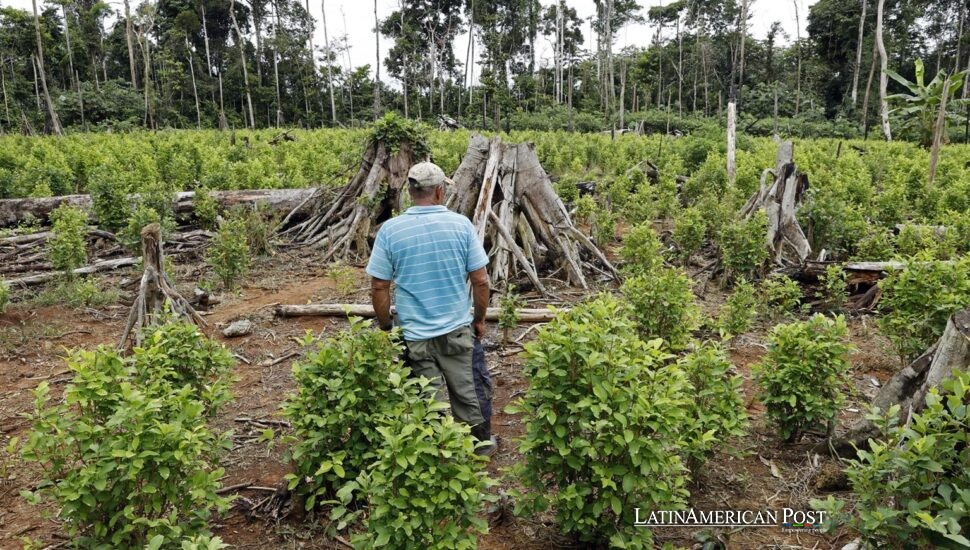
In the Cañón del Micay, soldiers battle guerrillas while families plant coca to survive. Promised schools and payments to switch crops have stalled, and with U.S. aid under review, Colombia’s flagship experiment in peace and development hangs by a thread.
A Canyon Where the State Feels Far Away
From the ridge above San Juan de Micay, the view is deceptive: lush rows of coca shimmer like prosperity, but they tell a story of absence. The village schoolhouse has a rusted roof and little else. Water runs from plastic jugs, electricity flickers, and the dirt road takes hours to traverse.
Here, the Estado Mayor Central (EMC), a dissident faction that broke from the 2016 peace deal, acts as judge and mayor. Its fighters enforce a nightly curfew and man roadblocks with rifles. Community leader Fernanda Rivera put it bluntly to Reuters: “Here, there is state abandonment. Here, the government never brings us anything.”
President Gustavo Petro promised something different. Elected in 2022 on a pledge of “total peace,” he vowed to saturate places like Micay with both soldiers and services—clinics, internet, roads—and pay families to rip out coca in favor of cacao, beans, or fruit. The canyon was to be the spear tip of that vision. Instead, villagers still answer to armed men who were never supposed to outlast the state.
Promises, Paperwork, and a Fiscal Crunch
Reality has slowed the grand design. Soldiers flown in by helicopter struggle to dislodge EMC fighters who melt into ridges and strike in dispersed units. Civilians, coerced or afraid, sometimes mob patrols; in several incidents this year, locals briefly took troops hostage. Each confrontation delays the very projects meant to win hearts and minds.
Even without gunfire, Colombia’s bureaucracy chokes progress. Petro announced a $30 million down payment for schools and roads in the canyon, but ministries require planning, permits, and feasibility studies. Deadlines slip as the national budget tightens. The government deficit widens; every peso must be fought for.
Washington watches closely. U.S. President Donald Trump has threatened to “decertify” Colombia’s anti-narcotics effort, a move that could cut funding. One Republican lawmaker has already proposed slashing non-military aid in half, arguing Bogotá is failing to use U.S. assistance effectively. Colombia’s ambassador Daniel García-Peña warned through Reuters that losing another $100 million would cripple development programs: “It would only help transnational criminal organizations.”
The irony is bitter. Without investment, families often resort to coca. Without coca eradication, U.S. aid shrinks. Without help, investment dries up further. The cycle is as vicious as it is familiar.
Guns, Landmines, and the Hard Math of Coca
Defense Minister Pedro Sánchez insists the state will not retreat. He told Reuters that forces now control “more than half” of the canyon’s 4,200 square kilometers. But the cost of advancing is high. General Federico Mejía, who once commanded the third division, described El Plateado—long a rebel hub—as the “Wall Street of illicit economies.” Mines lace the outskirts, drones buzz overhead, and troops confine themselves to guarded positions instead of daily patrols.
When Reuters visited in August, helicopters beat the sky, but army checkpoints were absent—instead, uniformed EMC fighters manned barricades. One commander told the news agency that the group had split into smaller units but remained in control. Their presence confirmed what villagers already knew: sovereignty here is contested, not claimed.
Meanwhile, coca sustains the economy with ruthless efficiency. Farmers calculate earnings with the precision of accountants. Three hectares can yield $10,000 every quarter—multiples of what cacao or beans provide. One grower gestured to pickers stripping leaves into sacks: “There is no crop that surpasses the earnings of coca.” The clinic, the ambulance, and even school repairs are funded not by Bogotá but by community donations. As leader Edward Rubiano said, “It’s because of state abandonment that there’s the necessity of planting these crops.”
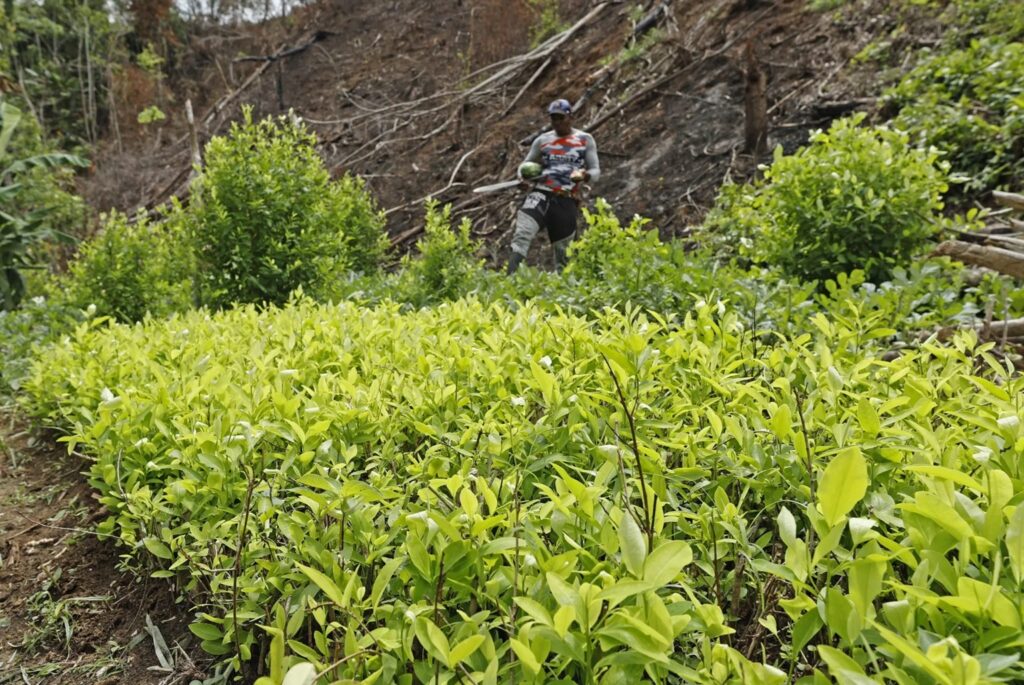
EFE@Mauricio Dueñas Castañeda
Politics, Washington, and the Price of Delay
Cañón del Micay has become more than a battlefield—it is a test of Petro’s governing philosophy. If the army cannot guarantee space for engineers and teachers, and if ministries cannot move money from paper to practice, then the promise of “total peace” falters.
The right-wing opposition is already circling. They argue that patience is naïve, that only force can shatter rebel economies. Petro’s allies counter that progress in communities takes years, not months, and that winning loyalty is the only durable path. But politics moves faster than schools rise. Washington’s potential decertification would deepen the fiscal squeeze, making the patient approach even more challenging to defend.
For families, the calculation is more straightforward. A crop that pays today will always beat a promise that might arrive tomorrow. Rivera, who has watched governments come and go, told Reuters that she once believed Petro’s plan might finally change things. Instead, she has seen deadlines slip and curfews remain. “It wasn’t like that,” she said. “We made another mistake.”
In the canyon, mistakes have consequences. If the state cannot deliver real infrastructure—paved roads, clean water, reliable electricity—the villagers’ machetes will keep harvesting coca. And each harvest will echo beyond the ridges, into Bogotá’s politics and Washington’s patience.
Also Read: Unanswered Questions Still Surround U.S. Strike on Venezuelan Vessel
For now, the canyon endures as it has for decades: a place where helicopters thunder above, promises stall on paper, and the most reliable harvest remains the one that pays in dollars and in danger. Until that equation changes, Micay’s schoolhouse will look out on coca rows that grow faster than trust.

